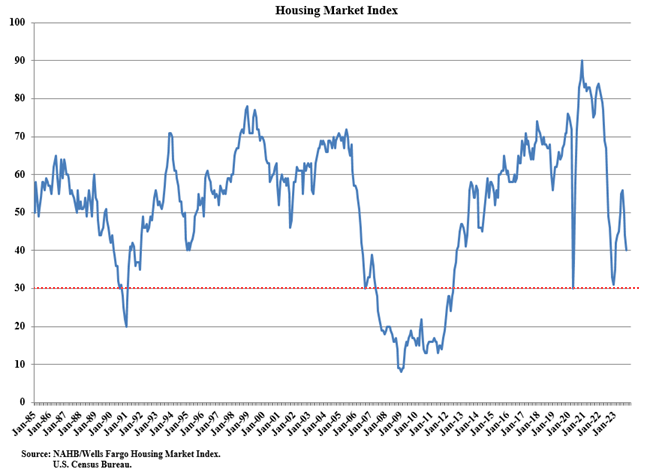Commercial bank cash assets, representing reserves held at the Fed, reversed its down-trend after September 2022 — when the UK gilt crisis occurred — and is now edging higher, reflecting stealth liquidity support from the Fed and Treasury.

Fed QT is reducing liquidity at the rate of $95 billion per month but the effect of discount lending and reduction of RRP facilities means that net liquidity is increasing.
The diagram below, from Cross Border Capital, shows how Fed and Treasury actions affect money market liquidity. The Fed injects liquidity by buying securities (QE) and discount lending to banks (including the Bank Term Funding Program introduced in response to the SVB crisis in March). It withdraws liquidity via sales of securities (QT) and reverse repo (RRP) borrowings (mostly from money market funds). Treasury can also reduce liquidity by increasing its TGA account at the Fed — when taxes and net debt issues exceed spending.

Low corporate bond spreads confirm that credit is readily available in the bond market.

Coincident economic indicators indicate that the economy is gently slowing, rather than contracting.

Declining growth in aggregate hours worked suggests that the Fed and Treasury have succeeded in manufacturing a soft landing — despite high interest rates — by providing liquidity support.

So far, this has worked but high short-term interest rates are attracting retail investors to money market funds, bypassing the banks.

Low bank deposit growth is likely to cause a contraction of bank credit, as in November below, as smaller regional banks struggle to fund credit growth.

More than 20% of banks are tightening credit standards and widening credit spreads. That normally indicates a recession.

Conclusion
The Fed and Treasury are providing sufficient liquidity to financial markets to avoid a contraction. Larger borrowers have ready access to credit through the bond market but small to medium-size enterprises — who borrow mainly from regional banks — are likely to find credit difficult to obtain as smaller banks struggle to compete with money market funds for deposits.
The Fed may be forced to cut rates if this continues — to ensure that small- and medium-sized businesses have sufficient access to credit ahead of the November 2024 elections.
Acknowledgements
- Cross Border Capital @crossbordercap for the Money Markets diagram
- Wolf Richter for the retail money market fund graph





















































































